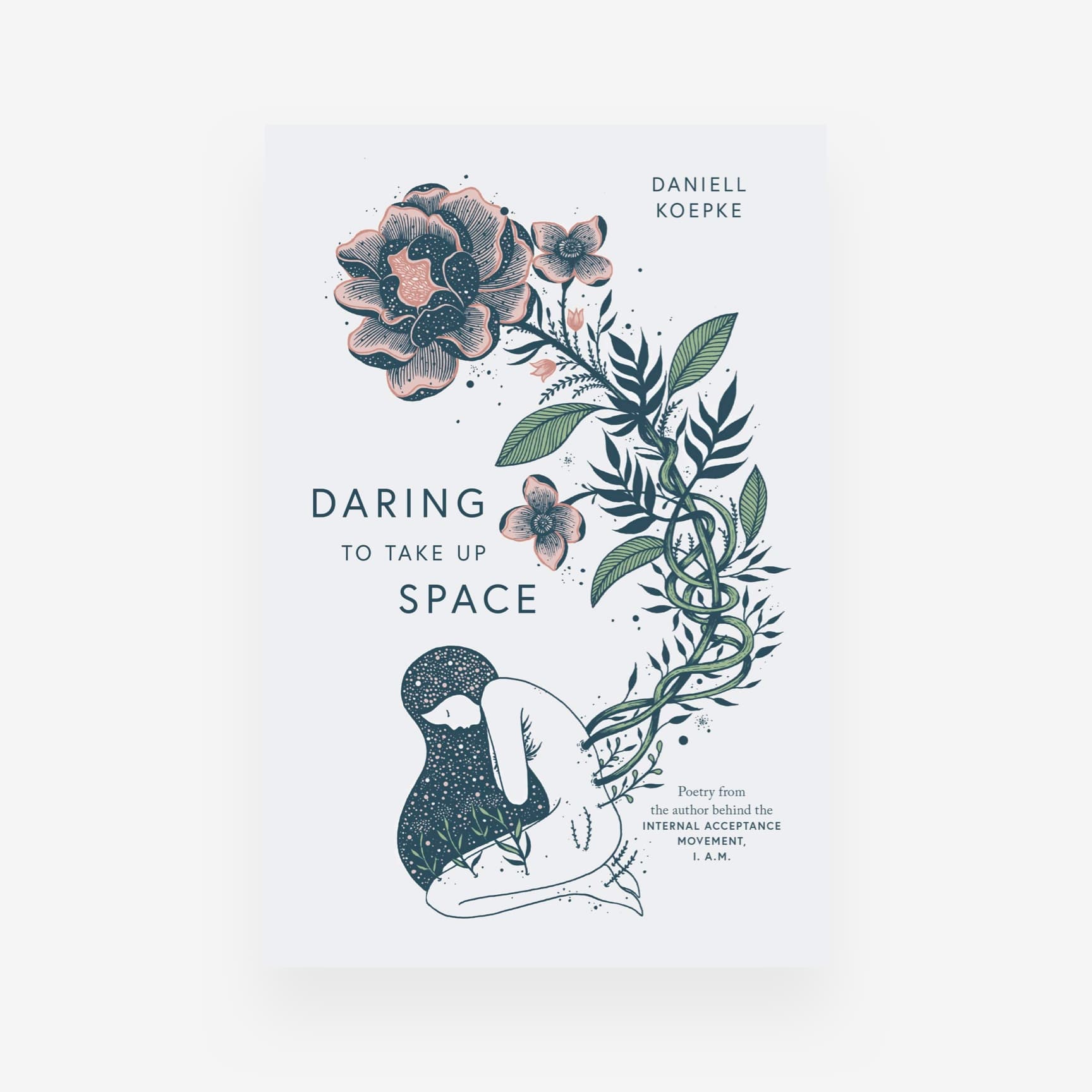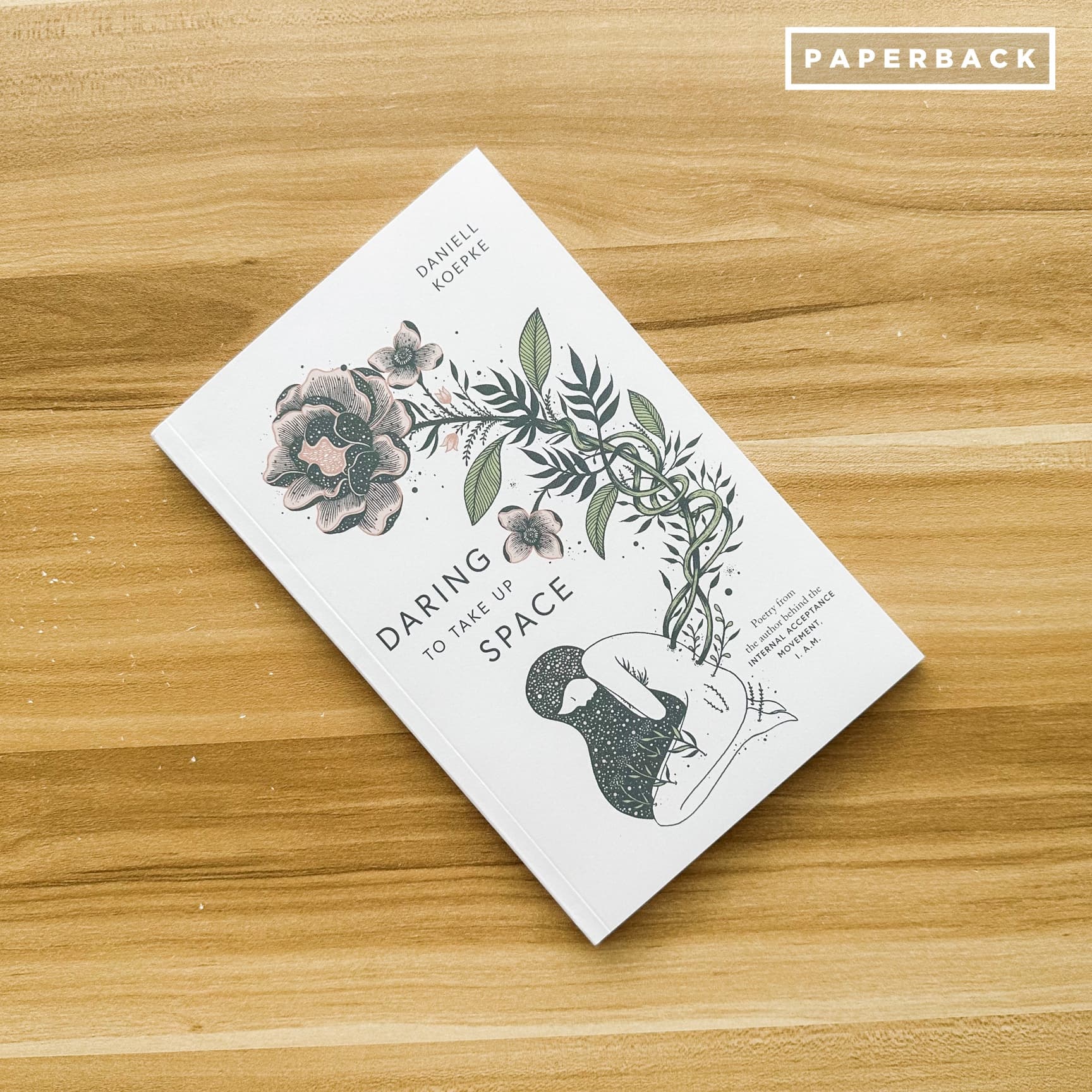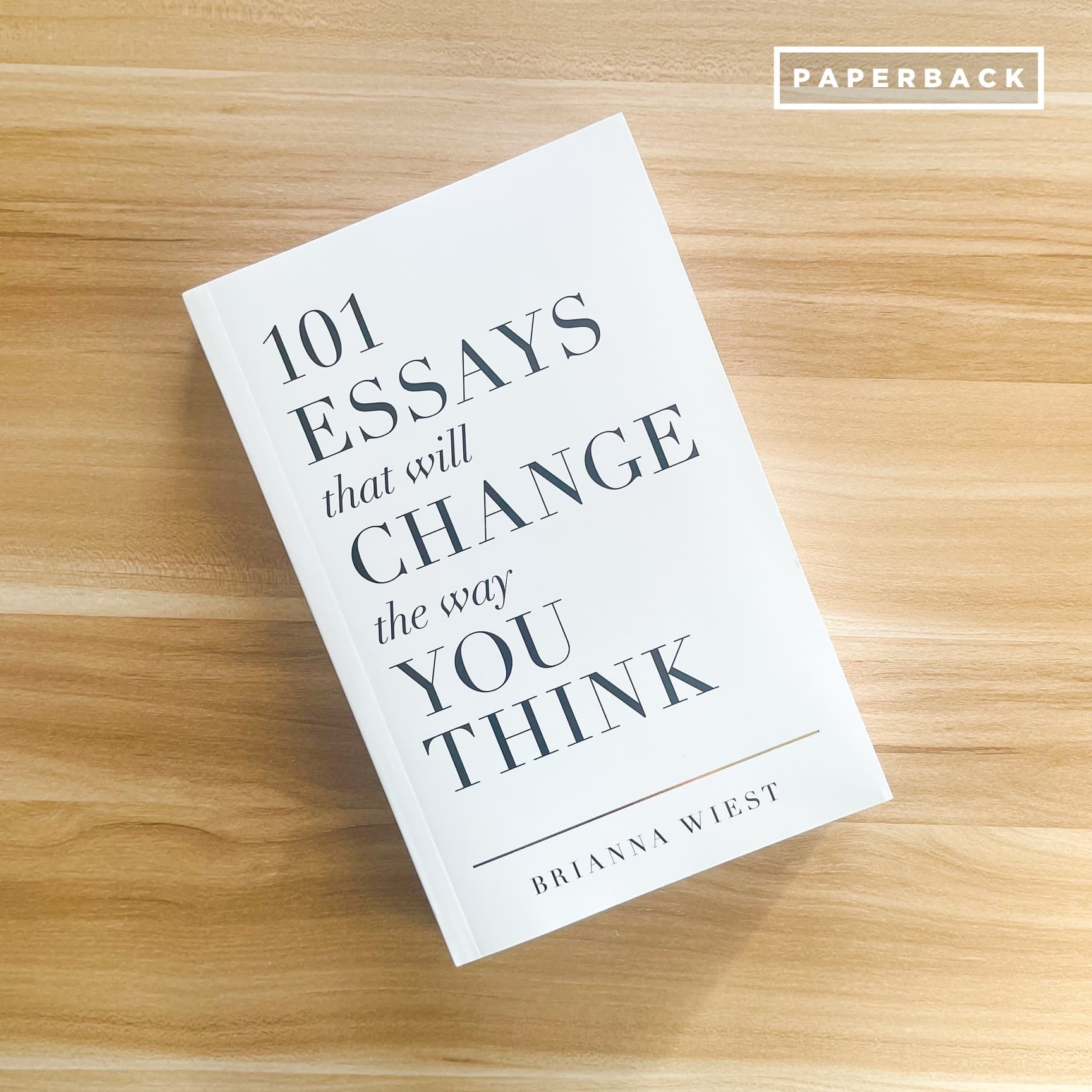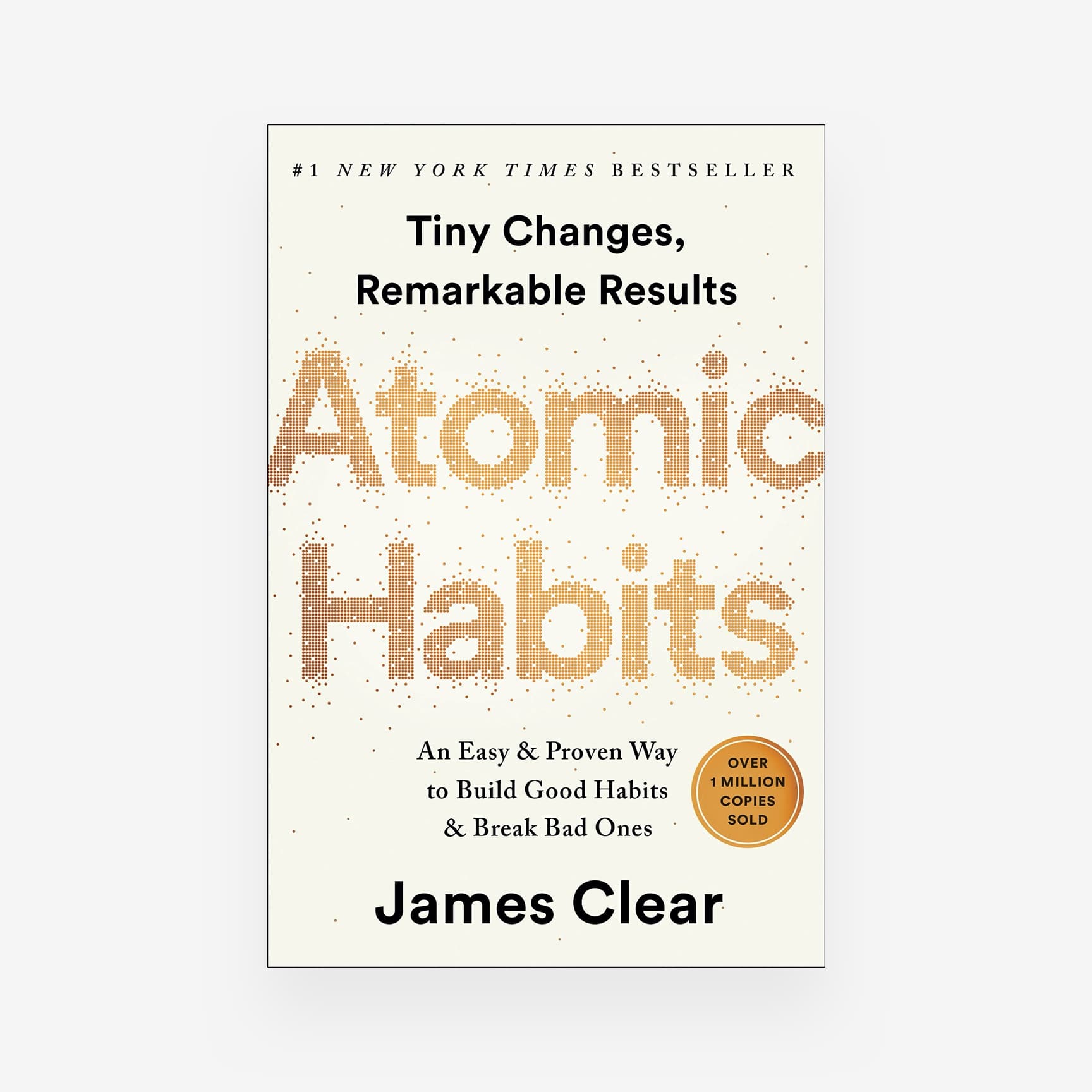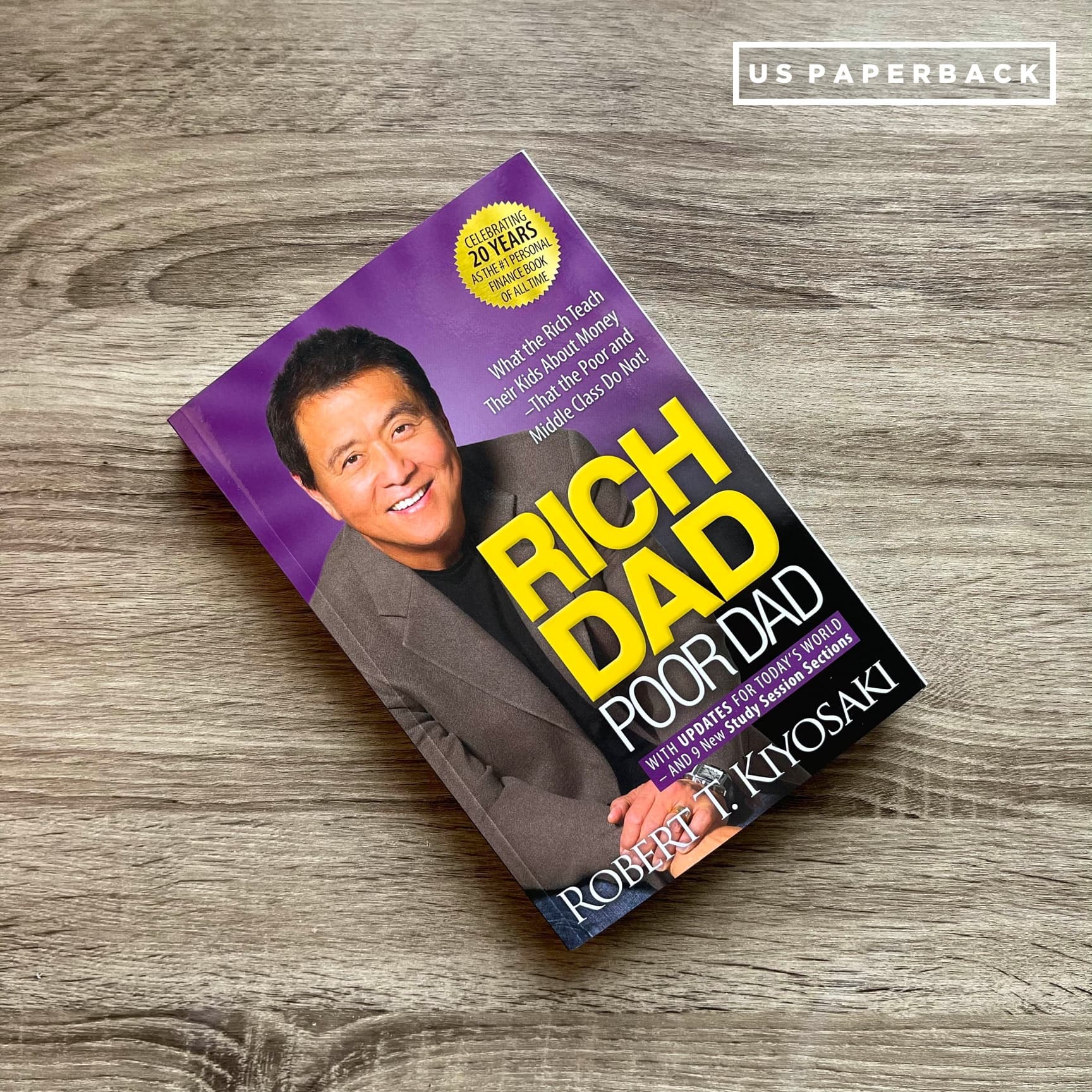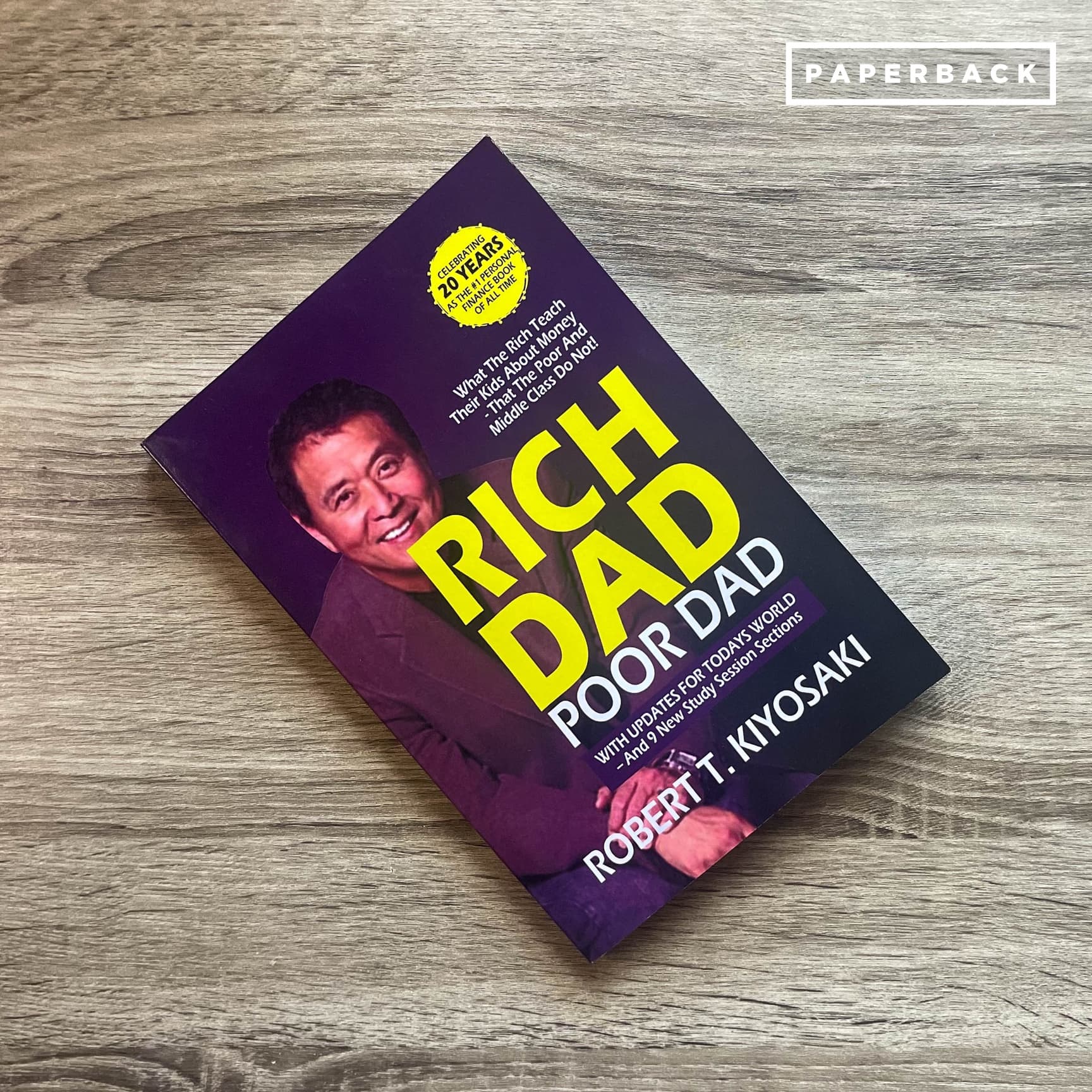Let me start by saying this: if you’ve ever experienced a panic attack, you’re not alone. It’s terrifying. Your chest tightens, your heart races, your thoughts spiral, and for a few minutes, it can feel like you're dying—even though you're not.
I remember my first one clearly. I was sitting at my desk, just another busy day, and suddenly my body felt like it was on high alert. My vision blurred, my hands trembled, and I couldn’t catch my breath. I didn’t know what was happening—but I was sure something was seriously wrong.
Later, a doctor told me, “That was a panic attack.” I had no idea something psychological could feel that physical.
Since then, I’ve learned a lot—about how panic attacks work, why they happen, and how to manage them in the moment. If you’re reading this because you or someone you care about is struggling, I hope these insights help. They’ve helped me.
What Is a Panic Attack?
A panic attack is a sudden, intense wave of fear or discomfort that peaks within minutes. It can happen without warning or a clear trigger. According to the American Psychiatric Association, symptoms often include:
-
Shortness of breath
-
Rapid heartbeat
-
Chest pain
-
Dizziness or lightheadedness
-
Nausea
-
Sweating or chills
-
Trembling
-
Fear of losing control or dying
-
A feeling of detachment from reality (called derealization or depersonalization)
These symptoms are very real and very scary—but they’re not dangerous. They usually pass within 5–30 minutes, and although it feels like something is terribly wrong, your body is not failing. It’s just responding to an overwhelming surge of anxiety.
Why Panic Attacks Happen
Panic attacks are rooted in your body’s fight-or-flight response—a system designed to protect you from threats. When your brain thinks you’re in danger, it floods your body with adrenaline to prepare you to run or fight. But in the case of a panic attack, there’s no actual threat—just a misfiring alarm system.
Researchers have found links between panic attacks and factors such as:
-
Genetics or family history of anxiety
-
Chronic stress or trauma
-
Major life changes
-
Caffeine or stimulant use
-
Certain medical conditions (e.g., hyperthyroidism)
-
Overactive amygdala (the brain’s fear center)
Understanding that a panic attack is your brain trying (and failing) to protect you helps take some of the mystery out of it.
1. Acknowledge What’s Happening
The first step in stopping a panic attack is recognizing it for what it is.
Instead of thinking, “I’m having a heart attack,” try telling yourself:
“This is a panic attack. It’s scary, but it’s not dangerous. It will pass.”
This act of labeling your experience has been shown in neuroscience studies (like those from UCLA’s Social Cognitive Neuroscience Lab) to calm the amygdala. When you name your emotion, your prefrontal cortex—your rational brain—kicks in and helps reduce fear.
The panic may not stop instantly, but naming it reduces the fuel that feeds it: fear of the unknown.
2. Regulate Your Breathing
Panic attacks often make you breathe faster and shallower, which can cause dizziness and make everything feel worse.
To interrupt the panic, try box breathing:
-
Inhale through your nose for 4 seconds
-
Hold your breath for 4 seconds
-
Exhale slowly through your mouth for 4 seconds
-
Hold again for 4 seconds
Repeat until your breathing slows.
Breathing like this sends a signal to your nervous system that you’re safe. According to a study in the Journal of Clinical Psychology, paced breathing helps reduce both physiological and emotional symptoms of anxiety.
3. Ground Yourself With Your Senses
When panic spirals, you often feel detached from your body or surroundings. Grounding brings you back to the present.
One popular method is the 5-4-3-2-1 technique:
-
5 things you can see
-
4 things you can touch
-
3 things you can hear
-
2 things you can smell
-
1 thing you can taste
You can also carry a grounding object (like a smooth stone or essential oil roller) to help you refocus when panic hits.
This sensory redirection gives your mind something else to latch onto besides fear, and over time, it helps you rebuild a sense of control.
4. Relax Your Muscles
During a panic attack, your muscles tense up as part of the fight-or-flight response. That tension can increase the feeling of being trapped in your body.
Try Progressive Muscle Relaxation (PMR):
-
Start at your feet: tense your toes for 5 seconds, then release
-
Work your way up through your legs, abdomen, hands, arms, shoulders, face
-
As you relax each group, breathe deeply
Studies published in Behavior Research and Therapy show that PMR can significantly lower anxiety levels. Plus, it helps reconnect your brain to your body in a calm, mindful way.
5. Use Reassuring Self-Talk
It may sound cheesy, but talking to yourself in a calm, supportive voice works.
Instead of spiraling into “What if I faint?” or “I can’t handle this,” try repeating:
-
“This is temporary.”
-
“I’ve survived this before.”
-
“My body is reacting, but I’m not in danger.”
-
“I’m safe right now.”
Positive self-talk activates the logical part of your brain and helps slow the panic cycle.
6. Visualize a Safe Space
When everything inside you feels chaotic, imagine a place that makes you feel safe and calm. For me, it’s the beach—sunlight on my skin, the sound of waves, the scent of salt in the air.
Close your eyes and fully imagine being there. Let your mind rest in that space for a minute or two.
Guided imagery is a proven anxiety-reducing technique, supported by studies in the Journal of Advanced Nursing. It’s a simple mental reset during overwhelming moments.
7. Limit Stimulants and Triggers
Outside of the moment itself, one of the best ways to reduce panic attacks is to prevent them.
That means cutting back on:
-
Caffeine
-
Alcohol
-
Nicotine
-
Dehydration
-
Sleep deprivation
Your nervous system is already on edge—these things can tip it over.
Also, consider keeping a journal of your panic triggers. Patterns often emerge (e.g., public speaking, crowded spaces, conflict), and once you know them, you can plan how to cope or reframe your response.
8. Talk to a Mental Health Professional
If panic attacks are frequent or affecting your daily life, therapy can help—a lot.
Cognitive Behavioral Therapy (CBT) is the gold standard for treating panic disorder. It helps you identify negative thought patterns, challenge fears, and gradually face situations that cause anxiety. Studies show that over 70% of people with panic disorder improve with CBT.
In some cases, medication (like SSRIs or anti-anxiety meds) may also be recommended, especially during acute periods. Always consult a licensed professional to discuss what’s right for you.
There’s no shame in needing help. In fact, seeking help is one of the bravest things you can do.
Calm Is a Skill—And You’re Learning It
When I used to have panic attacks, I felt like a victim of my own mind. But now, with the tools I’ve shared here, I’ve learned to respond differently. I still get anxious sometimes—but I don’t fear the fear anymore.
If you’re struggling, know this: panic is not who you are. It’s a moment—a powerful one, yes—but also one you can move through. The more you practice grounding, breathing, reframing, and self-compassion, the more confident you’ll become.
You don’t have to wait for panic to control you. You can meet it with strength, patience, and tools that work. You are not broken. You are learning.
And you’re doing better than you think.




